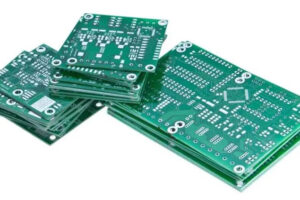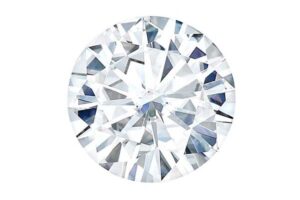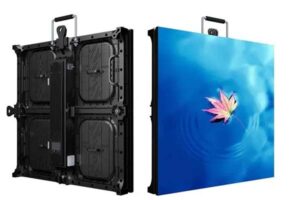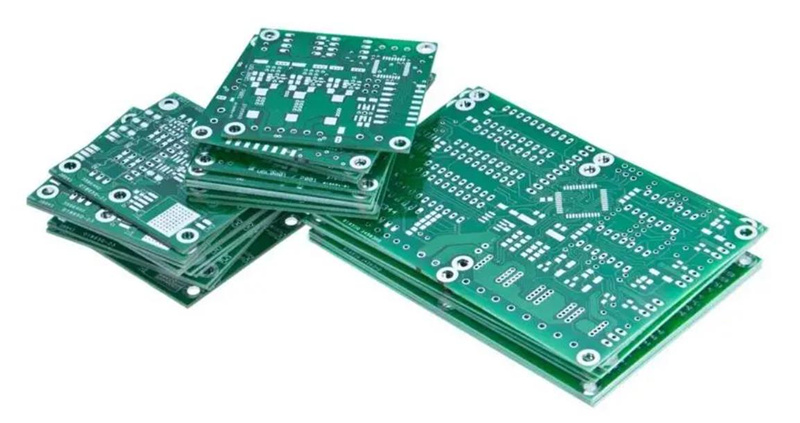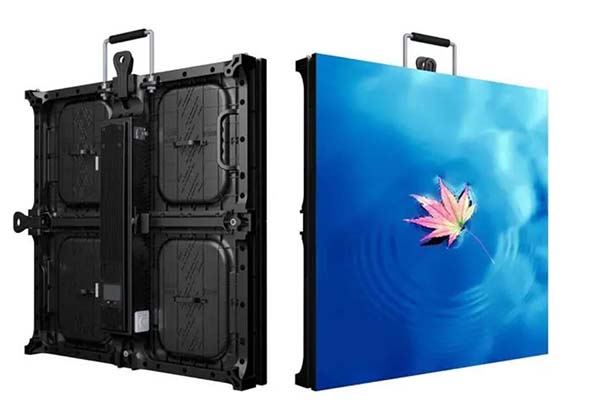Tea is a beloved beverage around the world, and its quality is of utmost importance to both producers and consumers. One important aspect of tea quality is its water content. In order to ensure that tea is of the highest quality and safe to consume, it is crucial to accurately determine its water content. In this post, we will discuss the methods and equipment needed to accurately measure the water content in tea.
Introduction
Water content in tea is an important indicator of its quality, as well as its shelf life. If a tea has too much water, it can become moldy and spoil quickly. On the other hand, if a tea has too little water, it can become hard and lose its flavor. Therefore, determining the water content of tea is essential for ensuring that the product is safe and of the highest quality.
There are two main methods for measuring water content in tea: Karl Fischer Titration and Loss on Drying. Both methods have their own advantages and disadvantages, and we will discuss them in detail later in this post.
Preparation
Sample Selection
There are several types of tea that can be tested for water content, including green tea, black tea, and oolong tea. It is important to select a representative sample of the tea to be tested, as the water content can vary depending on the type of tea and the growing conditions.
To prepare the sample for testing, it is important to ensure that it is dry and free of any debris. The sample should be crushed or ground to a fine powder before testing.
Equipment Needed
The equipment needed for measuring water content in tea includes a Karl Fischer Titrator or a Loss on Drying oven. It is important to properly set up and calibrate the equipment before testing.
Testing Methods
Karl Fischer Titration
Karl Fischer Titration is a method for measuring water content in which water is titrated with a solution of iodine and sulfur dioxide. This method is considered to be the most accurate and precise method for measuring water content in tea. However, it is also more expensive and time-consuming than other methods.
Loss on Drying
Loss on Drying is a method for measuring water content in which the sample is dried at a specific temperature and the weight loss is calculated. This method is less expensive and faster than Karl Fischer Titration, but it is also less accurate.
Comparison of the two methods
Both Karl Fischer Titration and Loss on Drying have their own advantages and disadvantages. Karl Fischer Titration is more accurate and precise, but it is also more expensive and time-consuming. Loss on Drying is less expensive and faster, but it is also less accurate.
Data Analysis and Interpretation
It is important to properly record and document the results of the water content test. The results should be calculated and the water content should be expressed as a percentage. Any potential errors should be identified and corrected.
Conclusion
Determining the water content of tea is essential for ensuring that the product is safe and of the highest quality. There are two main methods for measuring water content in tea: Karl Fischer Titration and Loss on Drying. Both methods have their own advantages and disadvantages, and it is important to select the appropriate method based on the specific needs of the testing scenario. Properly recording, documenting, and interpreting the results is crucial to ensure accuracy and precision.
